Aglaonema (Chinese Evergreen) Care In Winter
During winter, place your Chinese Evergreens away from drafts and heaters, provide bright but indirect light, and adjust watering to let the top inch of soil dry before rewatering. Humidity trays or a humidifier can help combat dry indoor air.
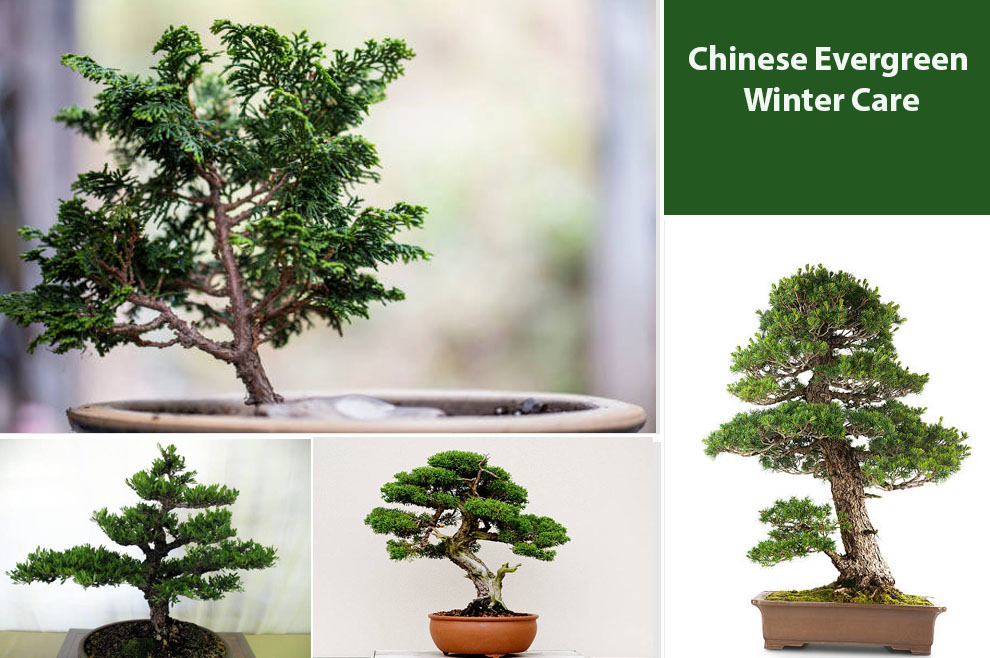
As winter descends with its chilly embrace, plant enthusiasts face the challenge of ensuring their beloved green companions thrive despite the cold.
Among these resilient indoor darlings, the Chinese Evergreen stands tall, its graceful foliage a testament to nature’s enduring beauty.
In this guide, we delve into the topic of “Chinese Evergreen Winter Care,” offering expert insights to ensure your plants not only survive but flourish during the frosty months.
When the temperature drops and daylight wanes, the care routine for Chinese Evergreens becomes critical. From strategic placement in an area with sunlight to temperature control, you also need to balance the delicate dance of controlled winter watering Chinese evergreens.
We will unlock these secrets to successful Chinese Evergreen care in the winter season. Along with these, you must also learn about pruning and troubleshooting advice for common winter issues.
Chinese Evergreen Plant Information
Chinese Evergreens (Aglaonema spp.) are renowned for their striking appearance and durability as indoor plants. These houseplants are characterized by their glossy, lance-shaped leaves that can vary in color from deep green to silver, gray, or even vibrant red and pink.
The variegated patterns on their foliage make them visually captivating and add elegance to any interior.
Aglaonema Winter Care (Chinese Evergreen)
Winter care for Chinese Evergreen plants is vital for their health and longevity. As temperatures drop and light levels decrease, these tropical beauties need special attention to thrive.
Proper care ensures they remain vibrant and resistant to common winter issues, allowing them to purify indoor air and enhance your living space year-round.
Winter Challenges for Chinese Evergreens
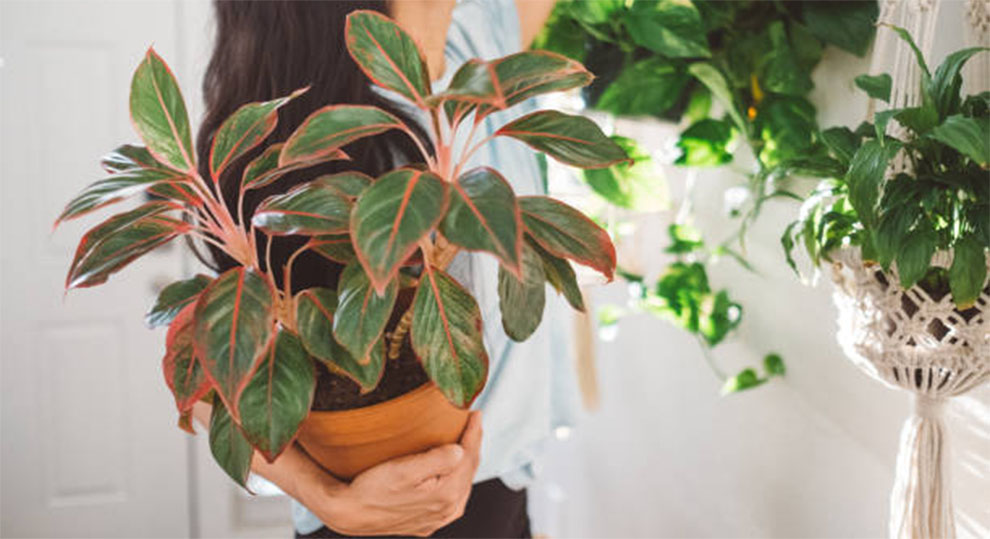
There are certain things that Chinese evergreens have to fight for in winter.
A. Temperature Sensitivity
Chinese Evergreen plant varieties are sensitive to cold drafts and temperature fluctuations, which can have adverse effects on their well-being.
Cold drafts, often found near windows and doors during winter, can shock the plant, leading to stress and potential damage. Similarly, rapid temperature fluctuations can stress these tropical plants, causing leaf discoloration or browning.
The ideal temperature range for their winter care generally falls between 65-75°F (18-24°C). Maintaining a stable temperature within this range is crucial to prevent temperature-related stress.
Avoid placing them near heaters, radiators, or drafty areas. Consider using draft stoppers or moving them away from windows during particularly cold spells to protect them from sudden temperature changes.
B. Reduced Light Levels
Winter brings lower light levels, which can impact the growth of Chinese Evergreens. These plants are adapted to low to medium light conditions, but the reduced daylight hours during winter can slow down their growth.
To address this issue, it’s essential to provide adequate illumination. Place them in spots with indirect, bright light, and consider using artificial grow lights if natural light is insufficient.
Rotating the plant occasionally can help ensure all sides receive equal light exposure, promoting even growth.
C. Watering Adjustments
For Aglaonema winter care you need to adjust their watering needs. Change in winter watering is needed because Chinese Evergreens enter a semi-dormant state with reduced growth.
During this period, they require less frequent watering to avoid over-saturation of the soil, which can lead to root rot.
Guidelines for adjusting the watering schedule include allowing the top inch or two of soil to dry out before watering. Test the soil moisture with your finger; if it feels dry to the touch, it’s time to water.
Always use a well-draining potting mix and a container with drainage holes to prevent waterlogged roots. Be cautious not to let the plant sit in a saucer of water, as this can lead to root problems.
Adjusting your watering routine to match their reduced water needs helps maintain their health during the winter months.
Steps For Successful Aglaonema Care In Winter
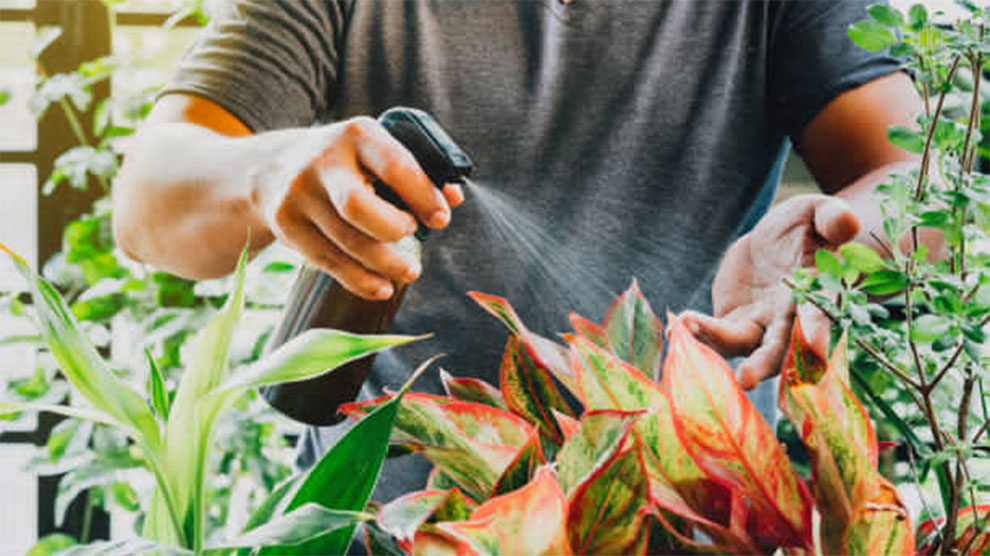
You need to take care of the following things in winter for your Chinese evergreens:
A. Placement and Lighting
Placement: During winter, the best locations for Chinese Evergreens are areas with bright, indirect light. North or east-facing windows are often suitable. Ensure they are protected from cold drafts, as mentioned earlier, and away from heating vents or radiators.
Supplementing Light: If natural light is not available in abundance, using additional artificial light is a wise strategy. Use full-spectrum fluorescent or LED grow lights to provide the necessary light for Chinese evergreen’s growth.
Position the lights 12-18 inches above the plant and keep them on for 12-16 hours a day to mimic natural daylight.
B. Temperature Control
Maintaining the Right Temperature: To maintain the right temperature for your Chinese Evergreens, avoid exposing them to extreme cold or hot conditions. Keep the room temperature within the ideal range of 65-75°F (18-24°C).
Utilize a digital thermometer to monitor the environment consistently.
Heaters and Insulation: In colder climates or exceptionally chilly rooms, use heaters sparingly and avoid direct heat exposure to the plants. Consider insulating windows to prevent cold drafts.
C. Watering and Humidity for Chinese Evergreen Winter Care
Winter Watering: Detailed instructions for winter watering include allowing the top inch or two of soil to dry out before rewatering. This prevents overwatering during the plant’s dormant period.
Always water thoroughly, ensuring water reaches the root zone.
Humidity Maintenance: Chinese Evergreens thrive in moderate humidity. In dry indoor environments typical during winter, maintain humidity levels by using humidity trays, placing a humidifier nearby, or misting the plant occasionally.
Avoid misting excessively, as overwetting the foliage can lead to fungal issues.
D. Pruning and Maintenance
Pruning and Maintenance during winter are essential for the overall health of Chinese Evergreens. Trim away any yellowing or dead leaves to encourage new growth.
Check for pests like spider mites and mealybugs, which may become more prevalent in dry winter conditions. Wipe down the leaves with a damp cloth to remove dust and deter pests.
Pest Prevention: To prevent pests, maintain good air circulation, and periodically inspect the plant. Isolate any infested plants to prevent the pests from spreading. Consider using natural remedies or horticultural oils if pests become problematic.
Following these steps diligently will ensure that your Chinese Evergreens not only survive but thrive during the winter season, continuing to grace your indoor space with their beauty and air-purifying qualities.
Transitioning Chinese Evergreens to Spring
As winter yields to the promise of spring, it’s vital to guide your Chinese Evergreens back to their regular care routine with care and consideration.
Gradual adjustments are paramount to prevent undue stress on these plants. Begin by gradually increasing exposure to natural light, moving them slowly from lower light conditions.
Adjust the temperature in increments to acclimate the plant to room temperature. As spring’s vigor awakens your evergreens, adapt the watering schedule accordingly.
These gradual changes help your plant thrive, avoiding shock and ensuring a smooth transition into the season of renewal.
Troubleshooting Common Winter Issues In Chinese Evergreen Plants
These are the common issues found in Chinese evergreen plants in winter and how to combat them through Chinese evergreen winter care:
1. Yellowing Leaves
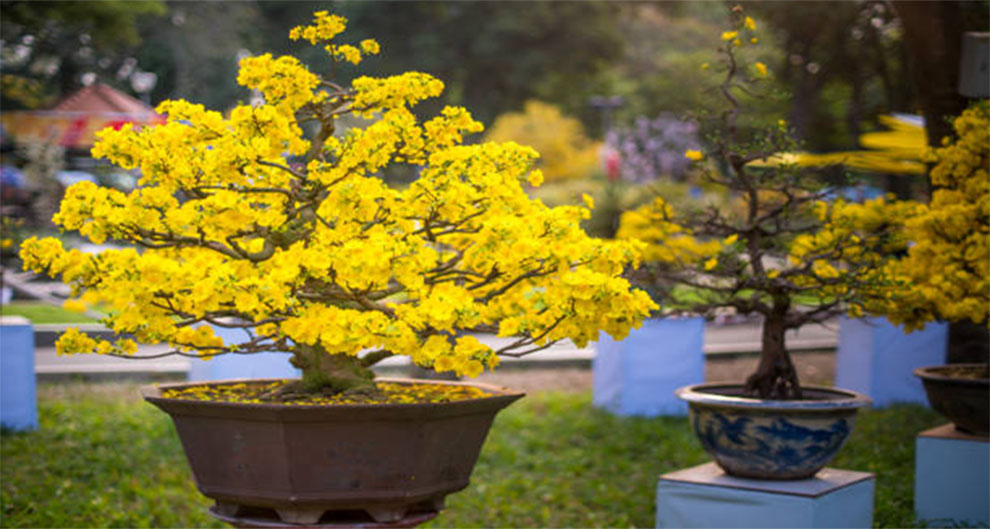
- Overwatering: If overwatering is the culprit, adjust your watering routine by allowing the top inch or two of soil to dry out before rewatering. Ensure the pot has proper drainage to prevent waterlogged roots.
- Underwatering: If underwatering is the issue, increase watering frequency to maintain consistent soil moisture. Ensure you water thoroughly each time.
- Low Humidity: Combat low humidity levels by using a humidity tray, placing a humidifier near the plant, or misting the foliage regularly.
2. Fungal Issues
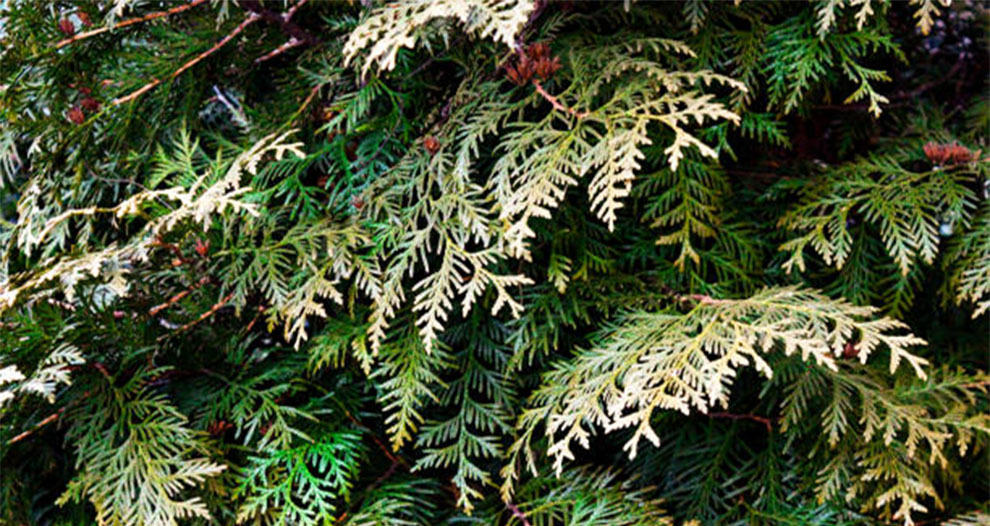
- Remove Affected Leaves: If you notice powdery mildew or other fungal issues, promptly remove affected leaves to prevent the spread of the fungus.
- Improve Air Circulation: Enhance air circulation around the plant by using a fan on low or by repositioning the plant to a spot with better airflow.
- Increase Humidity: Boost humidity levels with a humidifier or by placing a tray of water near the plant.
3. Pest Infestations
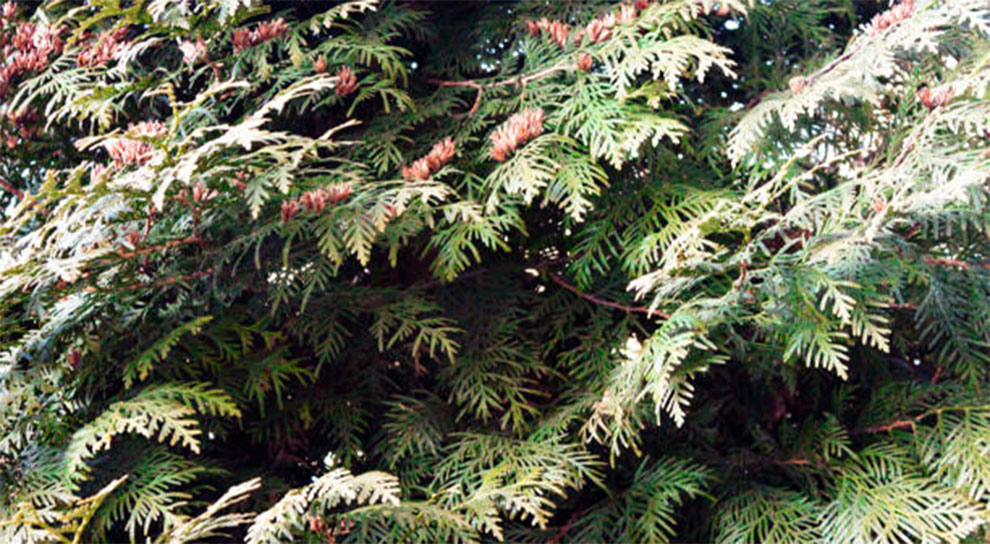
- Isolation: If you detect pests like spider mites or mealybugs, isolate the infested plant to prevent the pests from spreading to other houseplants.
- Natural Remedies: Consider using natural remedies like neem oil or insecticidal soap to control pests. Follow the instructions on the product label carefully.
- Regular Inspection: Keep a vigilant eye on your Chinese Evergreen throughout winter, inspecting both the upper and lower leaf surfaces for any signs of pest activity.
By addressing these common winter issues with expert solutions, you can ensure that your Chinese Evergreen not only survives but thrives during the colder months, maintaining its beauty and air-purifying benefits in your home.
